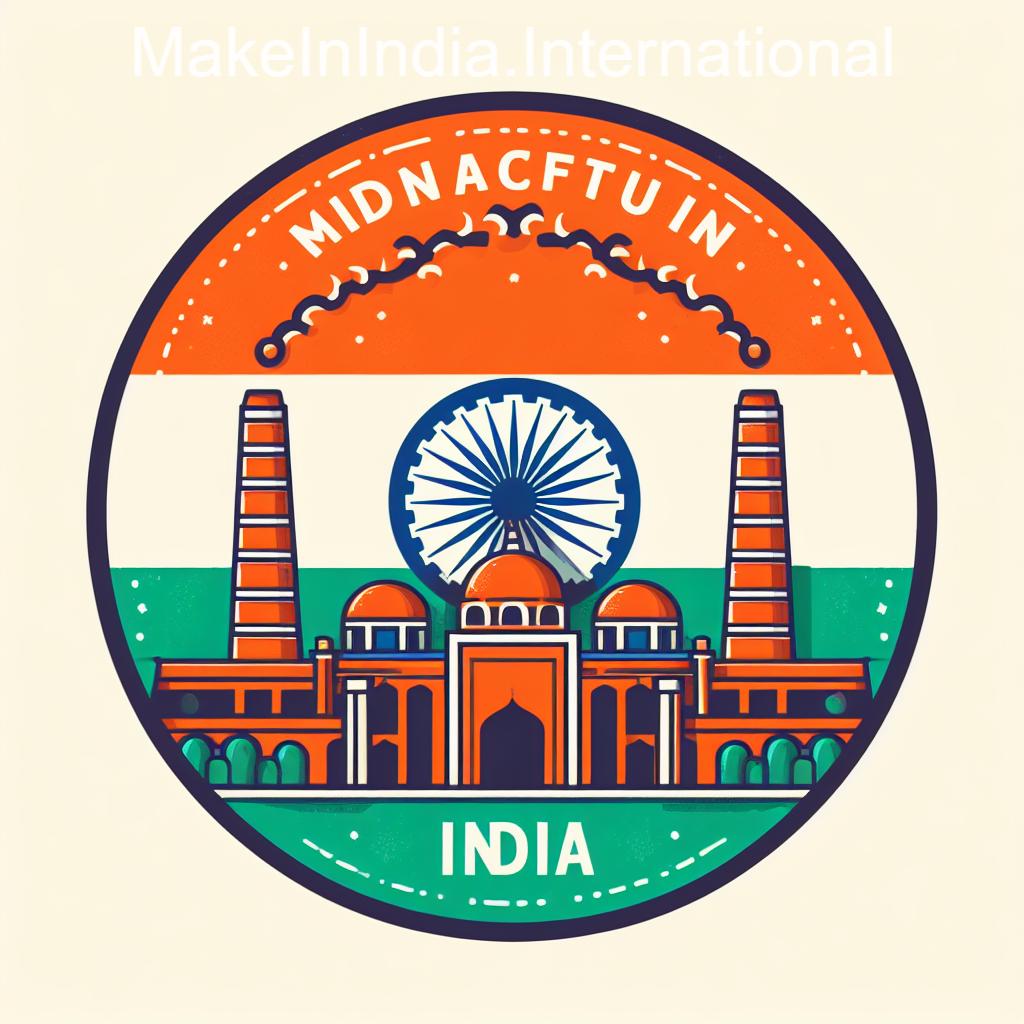Data & Reports: Unveiling the Story Behind Make in India’s Numbers
Make in India’s impact extends beyond headlines and pronouncements. To truly understand its progress and potential, we must delve into the compelling statistics and insights hidden within official data and reports.

Growth Spurts:
- Foreign Direct Investment (FDI): From $46 billion in 2014-15 to $74.3 billion in 2021-22, FDI in India has witnessed a steady climb, showcasing growing investor confidence in Make in India’s potential.
- Manufacturing Sector Growth: While slightly below the initial target of 25% by 2022, the sector’s contribution to GDP has risen from 15.6% in 2014-15 to 18.1% in 2022-23, indicating a positive trajectory.
- Export Boom: Indian exports have soared from $268 billion in 2014-15 to $421 billion in 2022-23, propelled by increased manufacturing capabilities and diversification in export products.
Beyond the Numbers, Deeper Insights:
- Sector Spotlight: While sectors like automobiles, pharmaceuticals, and electronics have witnessed significant growth, others like defense manufacturing and food processing hold immense untapped potential. Analyzing sector-specific data can guide targeted policy interventions and investments.
- Job Creation: While Make in India’s job creation figures are debated, reports indicate a shift towards formal employment and higher wages in the manufacturing sector, suggesting a positive impact on workforce quality.
- Skilling Gap: Despite skill development initiatives, a mismatch between industry needs and workforce skills remains a challenge. Data on skill gaps in specific sectors can inform the design of more targeted and effective training programs.
Navigating Challenges with Data:
- Infrastructure Bottlenecks: Data on logistical delays, port efficiency, and power supply gaps can highlight critical infrastructure bottlenecks impeding manufacturing growth.
- Ease of Doing Business: Reports analyzing regulatory hurdles and bureaucratic processes faced by businesses can guide reforms to improve the business environment.
- Sustainability Metrics: Integrating environmental and social impact indicators into data collection and analysis can ensure Make in India prioritizes not just economic growth but also sustainable development.
From Data to Actionable Insights:
- Building a Data-Driven Ecosystem: A centralized platform gathering and analyzing data from various sources can provide policymakers, industry leaders, and researchers with real-time insights to guide strategies and investments.
- Data-Driven Policy Formulation: Using data to identify specific challenges and opportunities in different sectors can lead to the development of more targeted and effective policy interventions.
- Transparency and Accountability: Sharing data publicly and fostering open discussions based on evidence can promote transparency and accountability, ensuring Make in India remains on track to achieve its goals.
Remember:
- Data is not just numbers; it tells a story. Go beyond raw figures and delve into the underlying trends, patterns, and correlations to uncover the true impact of Make in India.
- Use data visualization tools like infographics and charts to make complex information easily understandable and engaging for a wider audience.
- Regularly track and analyze data to monitor progress, identify emerging challenges, and adapt strategies to continually improve Make in India’s effectiveness.
By harnessing the power of data and reports, we can move beyond platitudes and delve into the real story behind Make in India’s progress and impact. Let data be our compass, guiding us towards a future where Make in India not only achieves its economic goals but also contributes to a more prosperous and sustainable future for all.